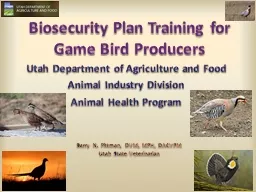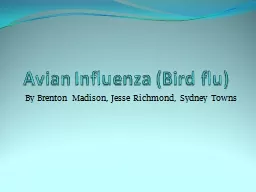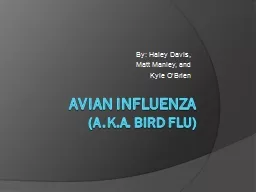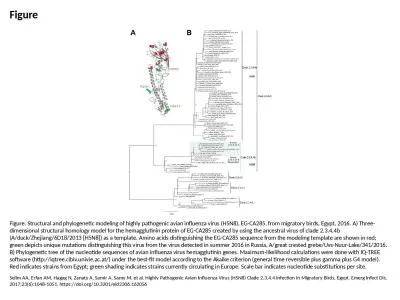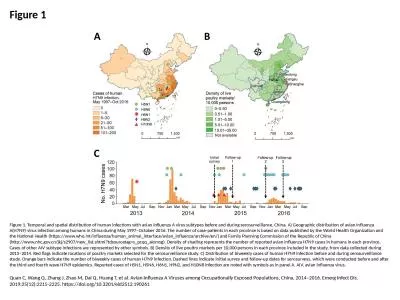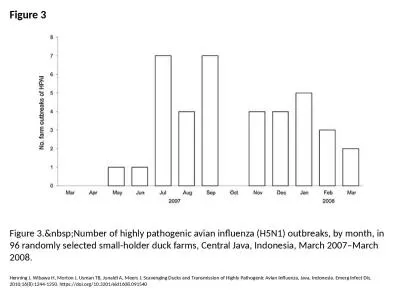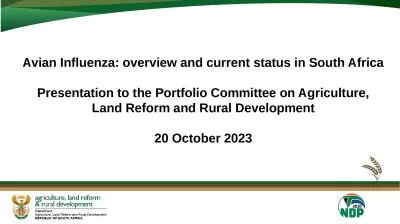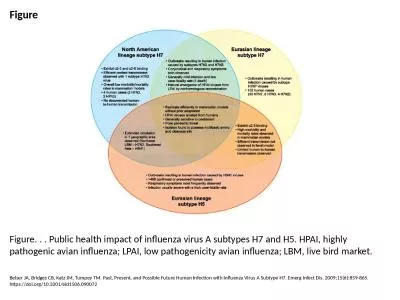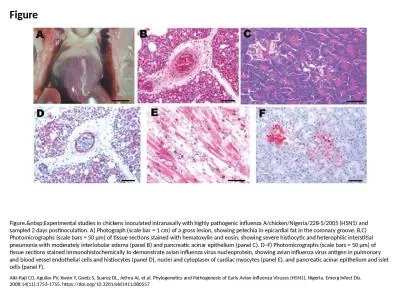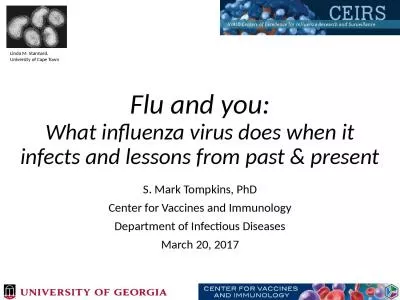PDF-Status of Avian Influenza in India
Author : cecilia | Published Date : 2022-08-16
1 Avian influenza AI virus has been circulating worldwide for centuries with four known outbreaks recorded in the last century The present wave of Highly Pathogenic
Presentation Embed Code
Download Presentation
Download Presentation The PPT/PDF document "Status of Avian Influenza in India" is the property of its rightful owner. Permission is granted to download and print the materials on this website for personal, non-commercial use only, and to display it on your personal computer provided you do not modify the materials and that you retain all copyright notices contained in the materials. By downloading content from our website, you accept the terms of this agreement.
Status of Avian Influenza in India: Transcript
Download Rules Of Document
"Status of Avian Influenza in India"The content belongs to its owner. You may download and print it for personal use, without modification, and keep all copyright notices. By downloading, you agree to these terms.
Related Documents



